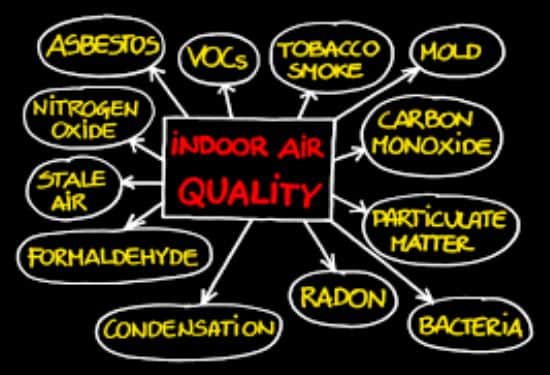
The air quality within our homes is a vital aspect of our daily living environment, often overlooked. One of the key contributors to indoor air quality is the furnace. This article aims to provide an in-depth understanding of how furnaces impact home air quality, exploring the types of pollutants they can emit, the health implications, and the measures homeowners can take to mitigate these effects.
Furnace, Operations, and Emissions
Furnaces are essential in many homes for warmth and comfort. However, their operation can have unintended consequences on indoor air quality. The combustion process in gas furnaces, for instance, can produce various pollutants, including carbon monoxide (CO), nitrogen dioxide (NO2), and particulate matter. Even electric furnaces, though they do not emit combustion gases, can circulate dust and other allergens.
Carbon Monoxide: The Silent Killer
Carbon monoxide is a colorless, odorless gas that can be lethal at high concentrations. It is produced when fuel is not burned completely. Symptoms of CO poisoning can range from mild headaches and dizziness to more severe effects like impaired vision and coordination, and even death in extreme cases.
Nitrogen Dioxide: A Respiratory Irritant
Nitrogen dioxide is another byproduct of fuel combustion. It can irritate the airways in the human respiratory system. Prolonged exposure to NO2 can decrease lung function and increase the risk of respiratory conditions.
Particulate Matter and Allergens
Furnaces can also circulate particulate matter such as dust, pollen, and pet dander. These particles can exacerbate asthma and other respiratory conditions. In addition, mold and bacteria can grow in HVAC systems, further impacting air quality.
The Importance of Regular Maintenance
Regular maintenance of your furnace is not just about efficiency; it’s also about health. A poorly maintained furnace can emit higher levels of harmful gases and circulate more allergens. Regular checks and cleaning, especially of filters and vents, are crucial.
Filtering the Air
The role of air filters in maintaining indoor air quality cannot be overstated. Filters trap dust, pollen, and other airborne particles. However, they need to be cleaned or replaced regularly to function effectively. High-Efficiency Particulate Air (HEPA) filters can provide an additional layer of protection by trapping finer particles.
Ventilation: The Key to Diluting Indoor Pollutants
Proper ventilation is essential in homes with furnaces. It helps in diluting and removing indoor pollutants. This can be achieved through natural means like opening windows or using mechanical ventilation systems.
Humidity and Its Role in Air Quality
Furnaces can significantly reduce indoor humidity levels, leading to dry air. This can cause discomfort such as dry skin and throat and can exacerbate respiratory conditions. Using humidifiers can help maintain a comfortable level of humidity, improving overall air quality.
Energy-Efficient and Low-Emission Furnaces
When replacing an old furnace, it’s beneficial to choose energy-efficient models with low emissions. These newer models are designed to reduce the release of harmful pollutants, thus improving indoor air quality. They also tend to be more economical in the long run due to their efficiency.
The Dangers of Old and Unmaintained Furnaces
Older furnaces or those that are not regularly maintained can pose significant risks. They are more likely to emit higher levels of CO and NO2, and their filters may not effectively trap particulates. This can lead to a build-up of pollutants in the home.
Professional Inspection and Maintenance
It’s advisable to have your furnace inspected and serviced by a professional at least once a year. This ensures that it operates safely and efficiently. Professionals can check for leaks, assess ventilation systems, and ensure that the furnace is properly tuned.
Educating Yourself: Carbon Monoxide Detectors and More
Homeowners should educate themselves about the risks associated with furnaces. Installing carbon monoxide detectors is a vital safety measure. Being aware of the symptoms of CO poisoning and knowing what to do in case of a suspected CO leak can save lives.
The impact of your furnace on home air quality is a significant aspect of maintaining a healthy living environment. Understanding the types of pollutants emitted by furnaces, their health implications, and the necessary maintenance and safety measures can help ensure that your home remains a safe and comfortable space. Regular maintenance, proper ventilation, and the use of high-quality air filters and purifiers are key strategies in mitigating the risks associated with furnace emissions.




